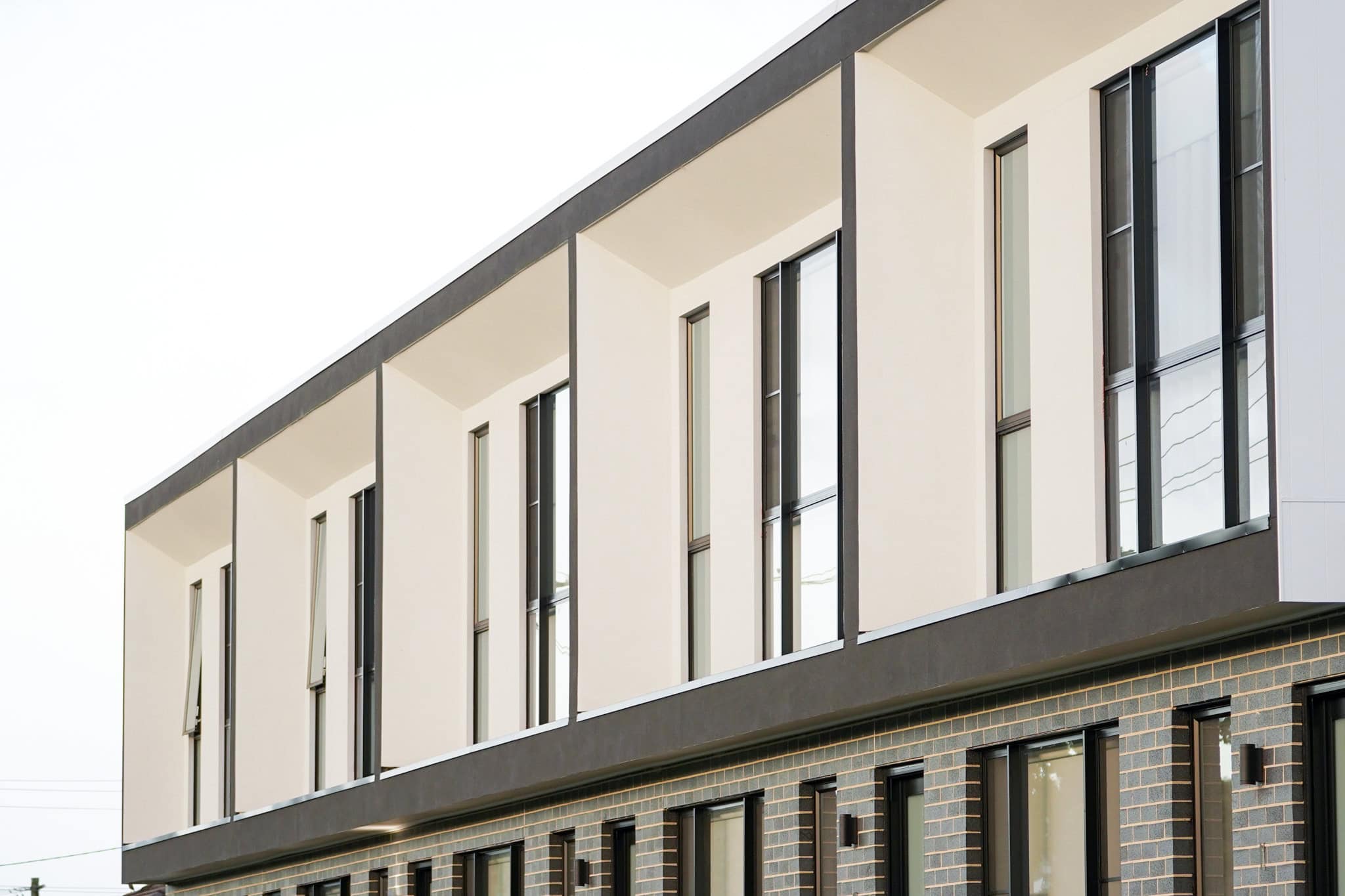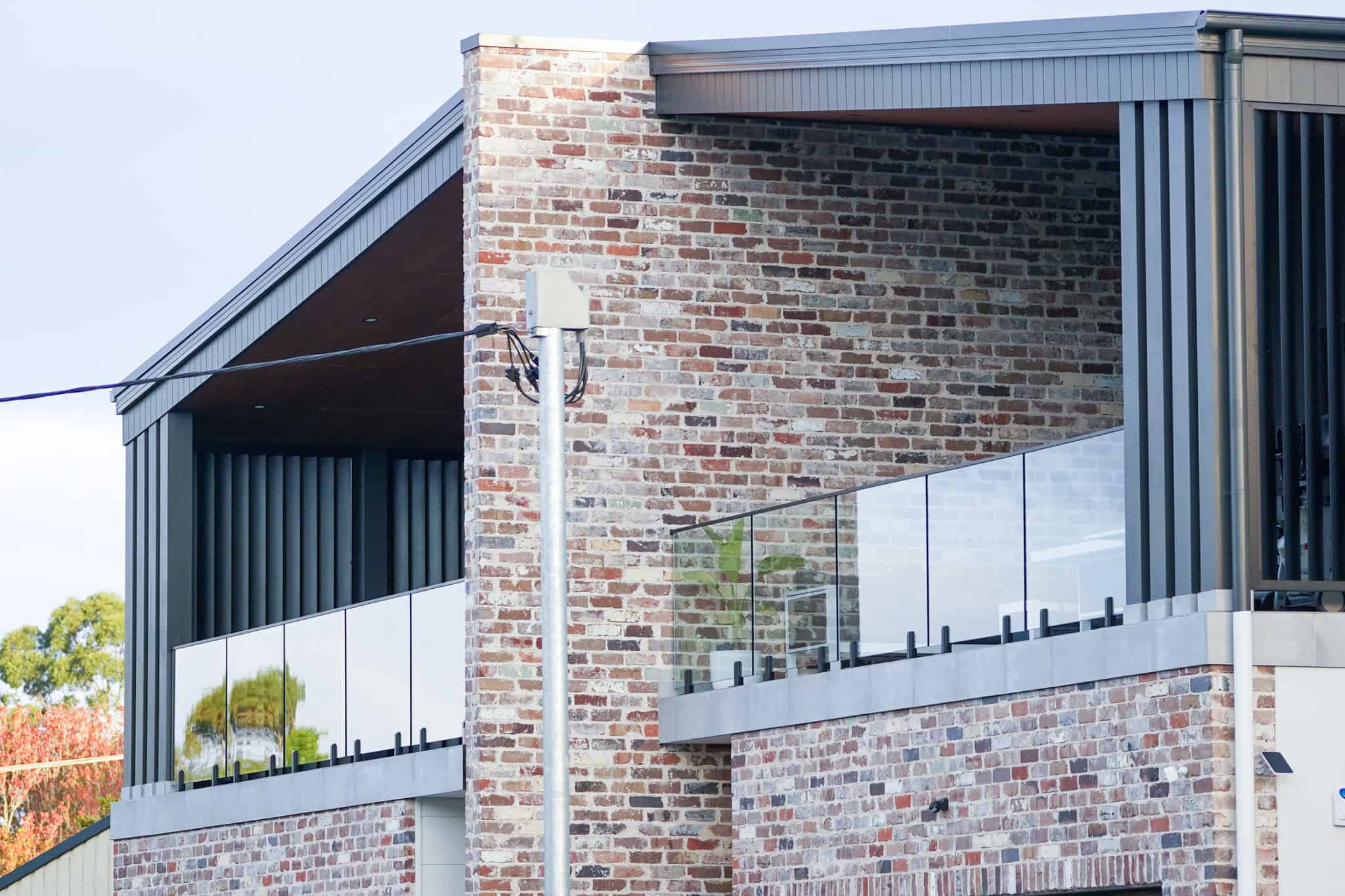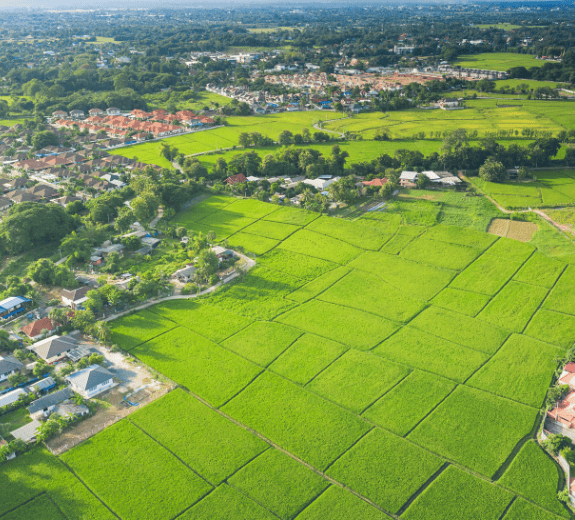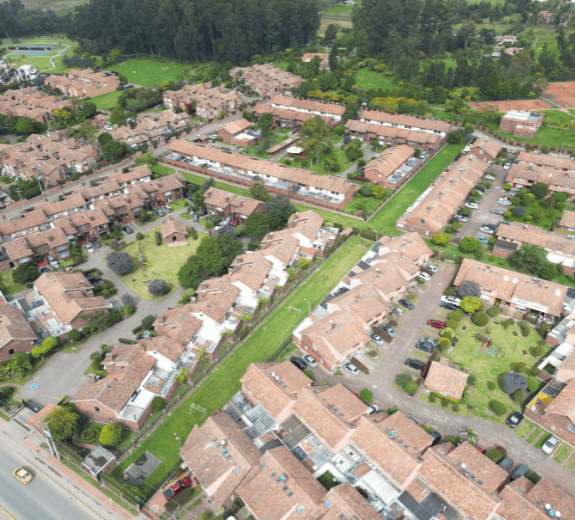What’s a Dual Occupancy Subdivision?
A dual occupancy is when you have two separate homes on a single block of land. Sometimes they’re side by side like a duplex. Other times, it’s a second home out the back or a freestanding house next to the original one.
A dual occupancy subdivision takes things a step further. It’s the process of dividing your land so each home sits on its own legal title. That way, you can sell them separately, rent one out, or just enjoy the flexibility of two completely independent dwellings.














